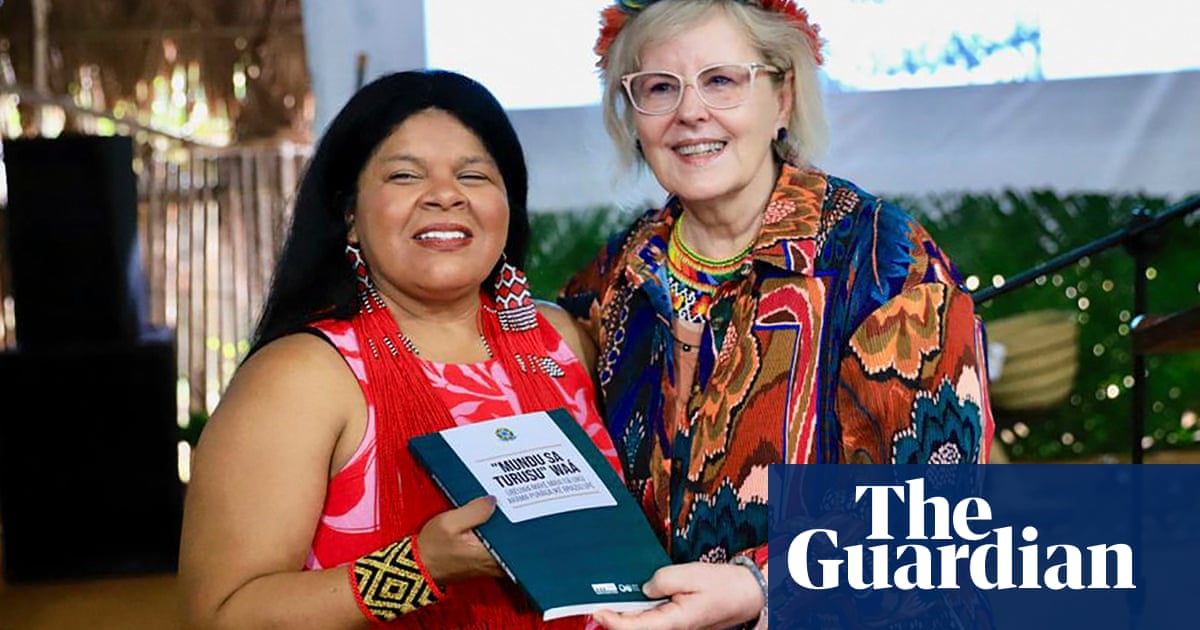I live in a small college town in central Vermont, where during a normal academic year, the college provides ample opportunities for cultural enrichment: concerts, plays, films, lectures, and so on. But then came the pandemic: the students had been sent home, the library was closed (books could still be fetched for faculty, but there was no browsing or schmoozing). I found myself in need of a project.
After having translated over twenty Russian novels into English, including three major works by Dostoevsky (Notes from Underground, Devils, and Crime and Punishment), I decided to tackle Dostoevsky’s crowning achievement, his last and best novel, and one of the undisputed classics of world literature, The Brothers Karamazov. Who knew how long it would take or how long the pandemic would last?
I first read Brothers when I was a high school student, puzzling over profound, religious questions: is there a God? if so, why does evil exist? And if not, how should we live our lives? I was studying the Russian language and had begun reading the great works of its literature in translation.
Karamazov was an ambitious choice for a fifteen-year-old, but one that spoke directly to the questions that mattered to me. As a non-observant Jew, I was overwhelmed by the Devil’s temptation of Christ in the wilderness, imagined anew in the famous scene with the Grand Inquisitor (Book Five).
Now, after many years of thinking, writing, and teaching about Dostoevsky’s final novel to many different audiences, I find myself just as awed by that section, and quite taken by the entire book. It speaks to me and deals with the questions that I wrestle with in my profession and in my own life. Dostoevsky once wrote that his faith was “tempered in the furnace of doubt.” So was (is?) mine!
Of course, the novel had been translated previously, once by the indefatigable Constance Garnett, who translated more than seventy works of Russian literature into serviceable English, beginning in the early 1910s; and by the popular Anglo-Russian pair, Richard Pevear and Larissa Volokhonsky, who had been translating many Russian novels since the early 1990s. But I planned to do my best.
I chose not to follow the translations of my predecessors; however, on occasion I did engage with them critically, especially in the particularly complex passages.
I chose not to follow the translations of my predecessors; however, on occasion I did engage with them critically, especially in the particularly complex passages, believing that literary translation is in reality an enterprise in which a translator builds on the work of his/her predecessors. If Garnett could come up with the perfect English counterpart, who was I to reject it and use a less appropriate phrase?
In my translations, I try to achieve an evenhanded position on the continuum of accuracy/accessibility, somewhat closer to my readers—namely, the general public and students in high schools and colleges. What elements have I tried to highlight in my own version of Dostoevsky’s masterpiece?
First of all, I try to do justice to the author’s dark sense of humor. The narrator himself maintains an ironic stance to the action of the novel, right from its very first lines. He uses impudent wit and sarcasm to paint a portrait of the “nice little family” living in the provincial town of Skotoprigonevsk (literally, a “stockyard.”)
In addition, the brothers’ dissolute father, Fyodor Pavlovich Karamazov, is an authentic buffoon. Each scene in which he plays a role winds up being a “skandal” (just what it sounds like), and undercuts the seriousness of the action.
Secondly, contemporary Russian draws upon two sources for its diction and syntax: so-called “Old Russian,” the spoken language of the East Slavs, and Old Church Slavic (or Slavonic), the language of the Orthodox Church, similar in a way to Latin and modern Italian. When Alyosha presents us with Zosima’s life and works in Book Six, or when he sees his miraculous dream during Father Zosima’s funeral in Book Seven, I tried to be mindful of this rich high-style source and render it with my own elevated language.
Translating Dostoevsky is different from rendering other authors into English. His prose is impassioned, fiery, and intense. Nothing in his novels ever happens “gradually” or “slowly.”
Finally, I have tried to distinguish between two kinds of repetition. It seems to me that the Russian ear is much more tolerant of repeated words and phrases than the Anglo-American ear. A literal translation of all the author’s repetitions would be too tedious.
I eliminated what I considered unnecessary repetition of words, including Russian names (first names, patronymics, and diminutive forms), and rely on pronouns, synonyms, and other devices to vary the word choice. On the other hand, I do retain essential repetitions, those that have semantic importance, such as the heart-rending “lacerations” (nadryvy), which comprise most of Book Four in the novel.
Translating Dostoevsky is different from rendering other authors into English. His prose is impassioned, fiery, and intense. Nothing in his novels ever happens “gradually” or “slowly.” His favorite adverb, frequently repeated in consecutive phrases, is “suddenly.” Similarly, his favorite adjective is “strange”: when he says something is strange, it is out of this world, beyond the range of common experience. These two examples provide quite a challenge for the faithful translator.
Although some translations can have a limited shelf life because their vocabulary grows obsolete and their syntax seems unnecessarily complex, I hope to have produced a version of The Brothers Karamazov that will engage the general public and students for some time to come.
May this new version last a good long time, and bring pleasure and usefulness (Horace’s dolce et utile) to its readers, and some genuine insight into the splendid culture of nineteenth-century Russia that produced it. As Dostoevsky himself added somewhat immodestly in the penultimate sentence (which I have taken out of context) of this magnificent novel: “Hurray for Karamazov!”
______________________________

The Brothers Karamazov by Fydor Dostoevsky as translated by Michael R. Katz is available via Liveright.
Adblock test (Why?)





